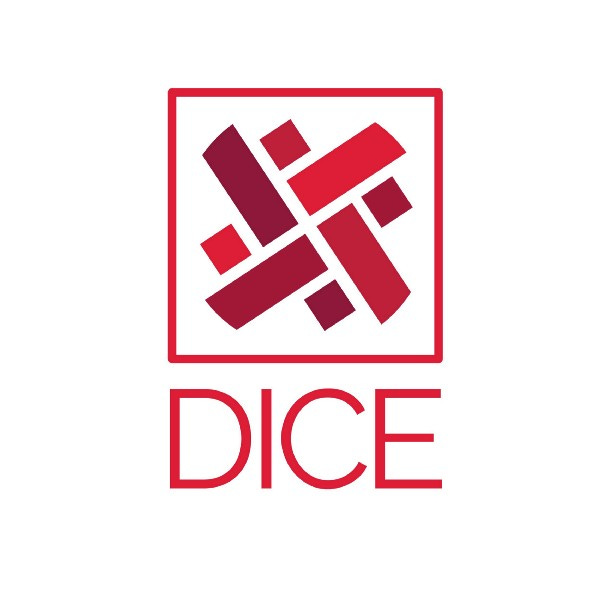UPI Gets An Upgrade
Everything you need to know about the next big milestone for digital payments in India — UPI AutoPay

This post originally appeared as part of a publication for DICE India in September 2020.
On the first Friday of every month I get a call from the Collections team at Furlenco (a furniture rental platform) informing me that my monthly subscription fee is overdue. And every month I put it off for another day, and another day, till my phone essentially becomes a private line for Furlenco staff to check in with me and see how I’m doing.
By the time I actually set aside the astronomical 45 seconds required to make the payment, I’ve struck up a personal relationship with most of the team. I know they would prefer that I remember when my EMI is due. And they know that I like long walks on the beach and saying “OMG I’m so sorry, I completely forgot, I’ll do it right now.”
Why didn’t I just set up a direct debit at the start of the subscription period to make my life easier? Because I’ve had bad experiences in the recent past with a couple of prominent service providers in Bangalore (who shall remain nameless) and I want to retain a measure of control over what goes out of my bank account each month. However, it’s clear that this current game of cat-and-mouse collections isn’t working for anyone.
The Netflix economy
Subscription services like Furlenco are a recent and growing phenomenon in India. Whereas even half a decade ago the model was seen as niche, the entry of tech platforms and their associated offerings like Amazon Prime, Hotstar Premium, Zomato Gold and others have helped to illustrate the viability of this approach.
Today subscription services are pretty much par-for-the-course when it comes to consumer tech business models (think Cure.Fit or Flipkart First or Ola Select). They are also a hallmark of India’s vibrant enterprise SaaS ecosystem too.
These arrangements tend to be a win-win for both buyer and seller. Individuals can obtain some additional benefit or privilege (free delivery, cheaper services etc) and in exchange companies can help convert typically promiscuous buying behaviour into long-standing relationships. Subscriptions help to build consumer habits on one hand, while allowing companies to account for predictable revenue on the other.
So what’s the problem?
Well, to put it simply — payments. For a subscription model to be a satisfying consumer experience, it must be paired with payment facilities that take into account the specific requirements of the model.
In India, historically the only way to do this would be via eNach/eMandate which allows customers to set up an auto-debit payment for bills using their debit card or netbanking authentication. Not only is this a fairly recent addition to India’s payments landscape (2019), but it also excludes all those who don’t typically use netbanking facilities or aren’t savvy enough to set up these standing instructions on existing banking apps (that aren’t famous for prioritising a smooth user experience).
Over the past couple of weeks we’ve dived headfirst into UPI, the ‘golden child’ of digital payments in India, that is leading India’s transition to a ‘cashless’ economy. While UPI transactions now regularly cross one billion per month, there have been certain architectural restrictions that have limited the use of UPI in areas such as recurring payments. That’s about to change.
UPI Autopay
At the Global Fintech Fest in July 2020, the National Payments Corporation of India (NPCI) announced the launch of UPI Autopay, an innovation specifically designed to enable recurring payments on UPI.
By expanding the scope of the most widely used digital payments system in India, more customers can make use of UPI to pay their periodic expenses like mobile and electricity bills, OTT subscriptions, EMI payments etc. This new auto-debit facility represents a substantial improvement on the current levels of safety and convenience associated with making recurring payments in India.
So how does it work?
Say you wanted to set up a monthly recurring payment for your Hotstar Premium subscription, you would have to go through the following steps:
Log into any UPI-enabled payment application (eg: Google Pay, PhonePe) and click on the ‘Mandate’ section. Any UPI app offering AutoPay is required to have a ‘Mandate’ function where a user can create, view, modify, pause or remove all their auto-debit mandates.
Here you can create a new AutoPay mandate using either of the following inputs — Intent, UPI ID or QR scan. Hotstar would provide you with the details you need to set this up.
Taking into account the spectrum of typical user spending patterns, you can then define the scope of the mandate i.e. specify whether it is a one-time, daily, weekly, fortnightly, monthly, bi-monthly, quarterly, half-yearly or yearly payment.
To finalise the initial set up, you need to provide an authentication for the mandate using your UPI PIN…and you’re all set!
Payments will now be debited from your account automatically on the designated due date. For transactions above Rs. 2000 you will be required to authorize each transaction individually using your UPI PIN (as an additional layer of security).
The NPCI has also mandated that you should receive a notification reminding you of any scheduled payments 24 hours before your account is debited.
There are already several banks, payment apps, payment gateways, merchants, financial service providers and subscription services (like Furlenco!) who have begun the necessary groundwork to prepare for UPI Autopay going live.
While there are still specific cases where features (such as transaction limits, value caps, credit limits etc) would need adaptation to make them more suitable, it is undeniable that the addition of AutoPay to our recurring payment roster makes for a feature-rich, contemporary digital payment experience for users in India.
So what?
You might be thinking “Ok cool, I get it, AutoPay makes it easy for me to watch House of Cards every month. That’s not such a big deal, is it?” Maybe not. But where this starts to get more interesting is in the context of financial inclusion in India. Recurring payments form a crucial part of the operating flows for financial products such as lending, insurance, wealth and asset management.
To continue to widen the net for financial inclusion, our public digital infrastructure must help to reduce the time and costs involved in the delivery of financial services. Physical collection of recurring payments is still the largest pain point for many service providers, and this remains a hindrance to the wider coverage of our financial system. While UPI provides a digital route to access users all over the country, a solution like AutoPay also helps de-risk these customers by providing some assurance of future repayment.
It is only once the unit economics of delivering financial services add up that we will start to see a deeper penetration of such services in India.
In that sense, UPI AutoPay will make it much simpler to pay ‘sachetized’ insurance premiums or fulfil monthly interest payments or make SIP contributions. Anyone who uses an existing payment app will theoretically find it easy to grapple with auto-debit mandates too.
What next?
AutoPay represents an important step forward for the ‘programmability’ of UPI payments. It unlocks the potential of ‘time-based’ triggers for UPI, meaning that transactions are executed on the passing of a specific date/time. But that’s just the start.
The seminal UK Sinha RBI Report on MSMEs (2019) proposed an expansion of the UPI e-mandate to include ‘event-based’ triggers too. This means that individuals and MSMEs could create a mandate for specific conditions under which payments are to be made.
For example, this could be:
- against a specific invoice being raised,
- on meeting a certain threshold (eg: the price of RIL crosses Rs.1000 per share)
- on the occurrence of a certain event (eg: Pay Supplier Amit Rs.2000 once I receive Rs. 5000 from Customer Aditya).
Event-based triggers will allow for the further lubrication of India’s payment rails and continue to spark creativity around the automation of digital transactions. There is a long way to go before we see the full functionality of UPI, but developments like AutoPay are important milestones in helping to realise its full potential.
The addition of UPI Autopay to our brimming payments toolbox removes an annoying barrier to the adoption of subscription services in India. At the same time, it clears the runway for UPI to solve more of our digital payments requirements, and push towards even greater achievements for the wider population of India.
With further innovations and tweaks planned in the coming months (offline payments, mobile wallet integration etc) India can boast of having one of the most exciting payments landscapes anywhere in the world. Stay tuned!

About DICE India
DICE (Digital India Collective for Empowerment) is an industry body focused on the Indian Digital Payments ecosystem. DICE takes an India first approach to creating collaborative industry-regulator relationships in the thriving ecosystem. Follow us at @indiadice on Twitter.




